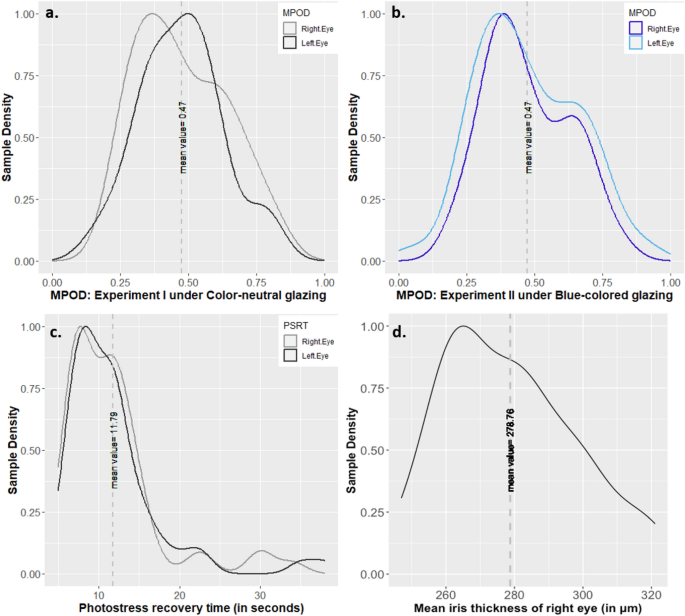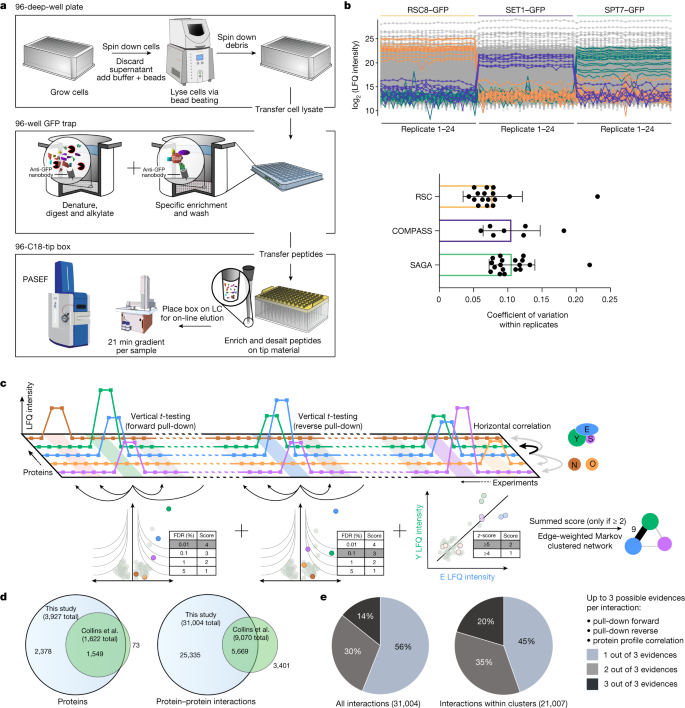2023-11-16 スイス連邦工科大学ローザンヌ校(EPFL)
◆研究者たちは、110人の参加者を青色または中性色の日光にさらし、マクラペグメントの密度と眩しさの感受性を調査しました。その結果、マクラペグメントの密度が高いほど、青色の眩しさに対する感受性が低下することが分かりましたが、中性色の日光に対する感受性には影響を与えないことも判明しました。これにより、青色光に関する視覚的な快適さの差異についての理解が進み、将来的な照明設計に役立つ可能性があります。
<関連情報>
- https://actu.epfl.ch/news/is-there-a-physiological-explanation-behind-experi/
- https://www.nature.com/articles/s41598-023-45785-x
日中の光による不快なまぶしさに対する感度に及ぼす黄斑色素の影響 Influence of macular pigment on the sensitivity to discomfort glare from daylight
Sneha Jain,Jan Wienold,Chiara Eandi,Sara Gisselbaek,Aki Kawasaki & Marilyne Andersen
Scientific Reports Published:29 October 2023
DOI:https://doi.org/10.1038/s41598-023-45785-x

Abstract
Understanding the factors that influence the human perception of glare is necessary to properly address glare risks in buildings and achieve comfortable visual environments, especially in the workplace. Yet large inter-individual variabilities in glare perception remain unexplained and thus uncovered by the current empirical glare models. We hypothesize that this variability has an origin in the human retina, in particular in the density of macular pigments present in its central area, which varies between individuals. Macular pigments are known to absorb blue light and attenuate chromatic aberration, thus reducing light scatter. This study presents the outcomes of the first experiment ever conducted in a daylit office environment, in which glare sensitivity and macular pigment density were measured and compared for 110 young healthy individuals, along with other ocular parameters. The participants were exposed to different glare conditions induced by the sun filtered through either color-neutral or blue-colored glazing. In neutral daylight conditions with sun disc in the near periphery, neither macular pigment nor any other investigated ocular factors have an impact on discomfort glare perception whereas glare perception in conditions with the blue-colored sun disc in the near periphery was found to be correlated with macular pigment optical density.


